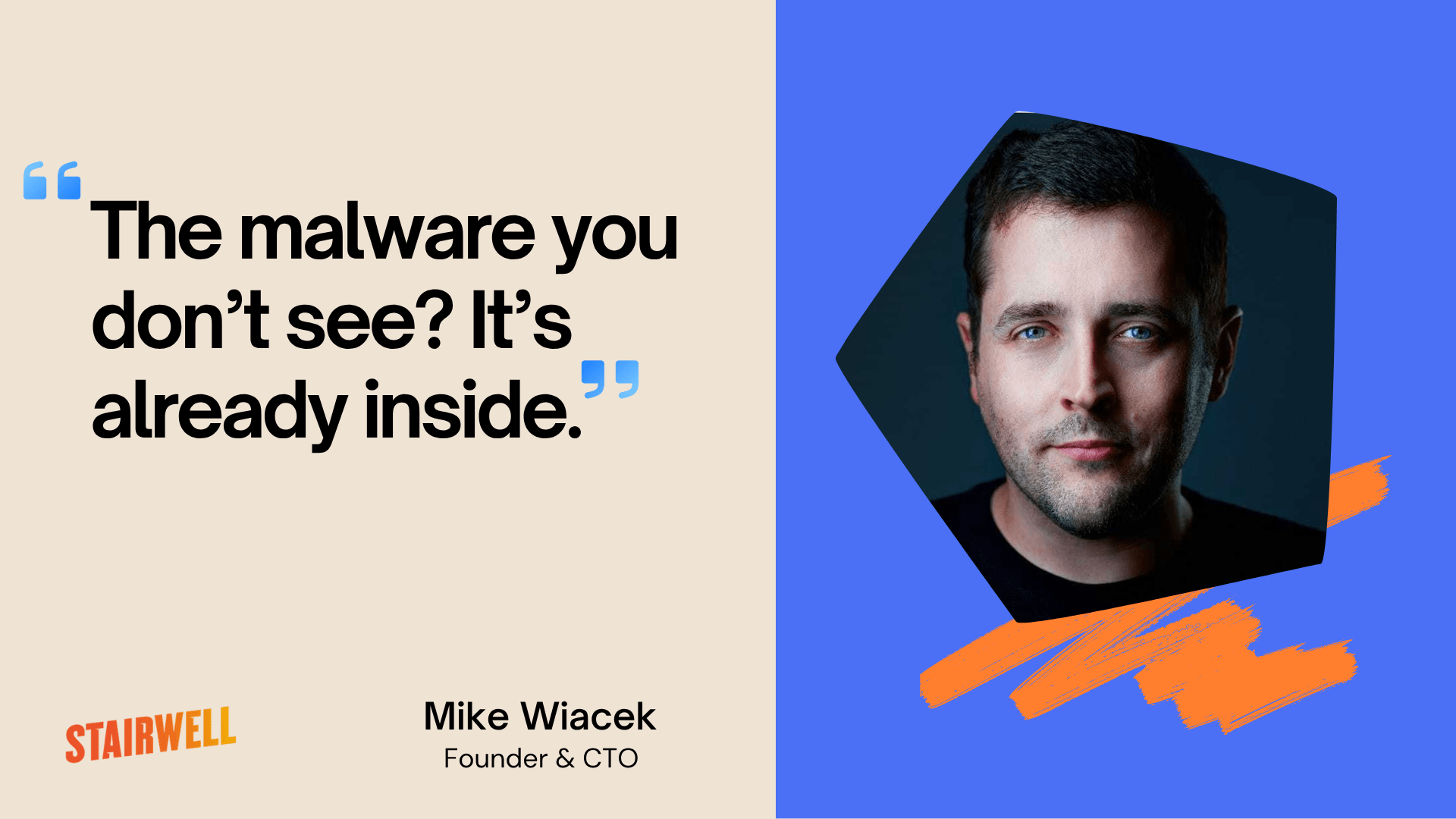In cybersecurity, what you don’t see can absolutely hurt you. The adversaries we face today are agile and increasingly sophisticated. Yet, many enterprise defenses are still built on static indicators of compromise (IOCs), also known as atomic indicators, and they largely rely on hashes as if the threat landscape were frozen in time.
Here’s the truth: it's not. And if you're still assuming that a published hash represents the full scope of an attack, you're already behind.
I recently did a deep dive, analyzing 769 publicly available threat reports from 2023 to mid-2025. Across those reports, I found 10,262 SHA256 hashes attributed to malicious activity. These are the hashes your systems are trained to detect and block.
Looking beyond surface-level IOCs, I uncovered 16,104 previously unreported variants of those same threats. That's a 157% increase in known malicious files. Put another way: for every published IOC, there are often dozens of structurally or behaviorally related samples that evade detection by traditional means.
This blind spot is not theoretical These variants are live, real, and in circulation. And they are evading the defenses of organizations that rely solely on static detection.
A threat report is a snapshot in time. It’s not the whole movie. Threat actors don’t stop evolving just because we’ve published a hash. They mutate their tools constantly, often subtly, to evade hash-based detection while maintaining the same behavior or intent.This is why variant discovery is so critical. It allows defenders to extend visibility beyond what’s already known. In fact, knowing where you have, or previously had, variants paints a more complete picture by blurring the lines between atomic alert triage and fleetwide historical understanding to know whether a threat was on other machines, before it was caught, is valuable.
Just as variants of COVID-19 continue to evolve, mutating to bypass immune responses and spread more efficiently, malware variants follow a disturbingly similar philosophy. Cybercriminals constantly tweak, repurpose, and repackage malicious code to create new strains that can slip past traditional defenses.
Just like identifying one strain of a virus does not prevent a pandemic, cybersecurity today requires a shift in thinking from isolated detection to family-level recognition. In other words, we must understand the genetics of the malware, including its underlying behaviors, code patterns, and communication methods, in order to identify and neutralize entire lineages of threats.
These evolved forms aren’t just random anomalies; they are calculated mutations, designed specifically to avoid signature-based detection and exploit vulnerabilities in outdated security systems.
Defenders need to move from a reactive stance (waiting for the next IOC) to a proactive approach that starts with a known hash and fans out into the variant ecosystem. This includes:
-
Analyzing file structure and format, not just the binary signature
-
Tracking behavioral and semantic similarities across file families
-
Continuously reanalyzing existing files as new intelligence emerges
-
Building variant graphs and relationships, not isolated detections
This isn’t theoretical. It’s already happening in forward-leaning security teams.
Most security teams today don’t know what they’re missing, and that’s the point. When your tools stop at what’s published, you’re only seeing part of the attack.
Consider this: if just one of those hidden variants lands in your environment, and your tools aren’t trained to detect it. It could sit undetected for weeks or months. That’s how long-term persistence happens. That’s how data exfiltration starts. That’s how attackers win.
The blind spot isn’t just a gap in visibility. It's a systemic flaw in how we approach detection. And it's time we close it.
We’re at a turning point in cybersecurity. The era of monolithic malware is over. The threats we face now are adaptive, modular, and engineered to exploit our assumptions. The malware you don’t see? It’s already inside.



